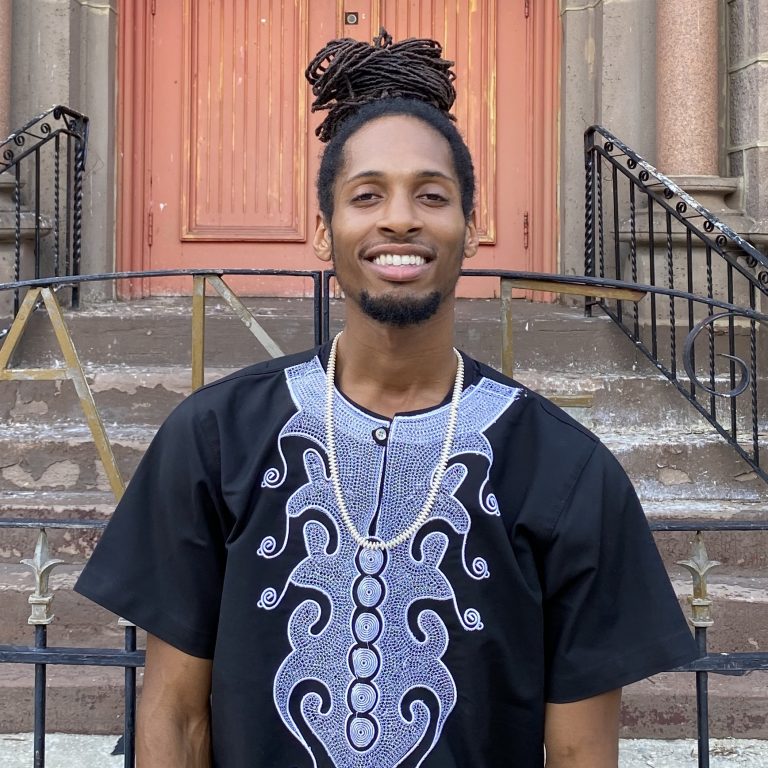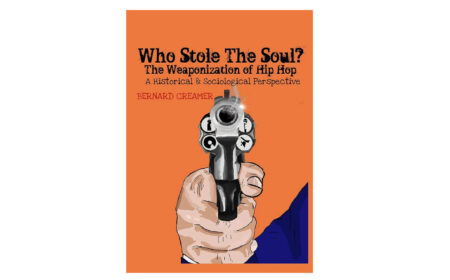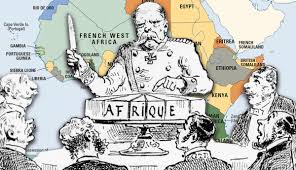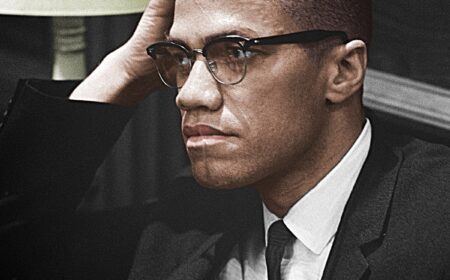Reparations Means Repair | A Glimpse into the Black Health & Wealth Crisis
By Rashaun Williams
Jan 3 2022

Reparations means repair. The institution of chattel slavery and war against Black Americans has robbed them of their property and knowledge of self, has ruined their ancient and sacred/historical sites, destroyed many of their artifacts to the point of no return, robbed them of their native languages, made it evil in their eyes to practice their ancient ceremonies and rituals, trampled over their burials and shrines, and rewritten history to show them as a slave cast of people as opposed to the descendants of bonafide genius, magnificence, and royalty… Reparations means taking a look at the peoplehood that was ruined by the vestiges of slavery and Jim Crow, and repairing the systems that rebuild it.
Black Americans have always had to struggle through legislation that attacked their health and removed their wealth. In 1740, the Negro Act made it illegal for Blacks to assemble, and kept Black Americans from moving freely, assembling in groups, raising food, earning money, or learning to read or write. The Negro Act of 1740 also gave permission to kill rebellious Blacks who were indentured or enslaved…
In 1874, Black Americans had accumulated over 3 million dollars in The Freedman’s Savings Banks, less than 10 years after the Civil War. Due to the corruption of the Freedman’s Bank leadership, the bank went bankrupt and those Blacks lost all of their hard earned money. That is a total of $68.2 million in today’s dollar value.
In 1920, nearly 1 million Black Americans were farmers. Today there are fewer than 50,000. This is not because Black Americans simply refuse to farm, but because of targeted restrictions and seizure of Black people’s land, regulations to federal mandates while excluding them from federal programs, and conniving contracts and legislations.
Since then, there have been countless attempts by Blacks to be self determined in the United States, and countless attacks on them for doing so. Most famous is the Tulsa Oklahoma riot of 1921, but Tulsa was not the only wealthy independent Black settlement post-slavery in America. In fact, there were dozens of riots that took place across America against Blacks from the year 1919 to the 1930’s, taking the lives and livelihoods of thousands of Blacks. Even before this horrific era, Blacks faced persecution at the expense of their self determination. To name only a dozen from the numerous race riots and massacres that Blacks have had to face:
• New York City draft riots of 1863,
• New Orleans massacre of 1866 in Louisiana,
• Memphis massacre of 1866 in Tennessee,
• St. Bernard Parish massacre of 1868 in Louisiana,
• Camilla massacre of 1868 in Louisiana,
• Opelousas massacre of 1868 in Louisiana,
• Colfax massacre of 1873 in Louisiana,
• Vicksburg massacre of 1874 in Mississippi,
• Eufaula riot of 1874 in Alabama,
• Clinton riot and massacre of 1875 in Mississippi,
• Thibodaux massacre of 1887 in Louisiana,
• Wilmington massacre of 1898 in North Carolina,
• Atlanta massacre of 1906 in Georgia,
• Slocum massacre of 1910 in Texas,
• East St. Louis massacre of 1917,
• Elaine massacre of 1919,
• Ocoee massacre of 1920 in Florida,
If you combine persecution Blacks have had to face with the legal restrictions and attacks against Blacks in the 1920’s, you can see how something like 1 million farmers would dwindle to less than 50,000 – which doesn’t include the Black businesses, schools, colleges and universities, towns, and so much more lost during the centuries.
In Philadelphia, more than 25% of its 1.56 million residents live in poverty. 40% of those residents are “Black/African-American” and over 30% of them represent that community in poverty. Areas like Germantown Ave and Chelten Ave, 52nd St, South St, and so many more Philadelphia communities provided promise for Black businesses owners and shoppers. Much like the history of the nation that Philadelphia lives within, many of those businesses and the wealth accumulated, are no more.
While Philadelphia has such a large Black population, it has the lowest number of Black-owned businesses per capita of any major city. Take a look at the “Getting More Philadelphians Back to Work: Business Density and the Role of Black and Minority Owned Businesses” report by the CENTER CITY DISTRICT, CENTRAL PHILADELPHIA DEVELOPMENT CORPORATION, as seen: https://centercityphila.org/uploads/attachments/ckdrsnu752hzmlxqdy3v7jdmh-business-density-report-2020.pdf
The first paragraph reads “The pandemic has caused a huge spike in unemployment across the nation. To reduce unemployment and poverty as the health crisis ends and recovery begins, Philadelphia will require far more than a return to the status quo before Covid. We need a sustained effort to increase the number of Black and minority-owned businesses as well as much greater attention to business growth overall.”
It then goes on to say “Black residents are disproportionately challenged by this crisis, which has been exacerbated by centuries of structural disparities in the nation. Black-owned businesses in the city face the double barriers of racism and limited business density in Philadelphia among all racial and ethnic groups. Recovery will require a significant increase in Black-owned businesses and far more robust job growth and business formation among all groups than we experienced during the last 10 years, if we are going to create opportunity for all Philadelphians.”
#ReparatoryJustice is a solution that may bring forth the stabilization the report speaks of.
“Using data from the U.S. Census Bureau’s 2018 Annual Business Survey (ABS), the most recent year for which data is available, CCD analyzed the total number of firms in Philadelphia and the number of Black, Hispanic, Asian and white owned firms and compared this to four other Eastern cities: Boston, New York, Washington and Atlanta. Given the substantial difference in geographic size and population among these cities, we created a simple measure of “business density” – the ratio between the number of firms in a city and its population. This enables a shorthand estimate of opportunity: the higher the ratio of firms to residents, the more potential opportunity should exist within the boundaries of the city. We also looked at the ratio of Black-owned firms to Black residents.”
Philadelphia had 12.1 businesses per 1,000 residents. Atlanta had 24.6 businesses per 1,000 residents, New York had 22.4, Boston had 18.6, and Washington 17.1. With Philadelphia having the largest Black population of these cities, it had (and still has) the lowest number of Black-owned businesses per capita, with only 1.8 businesses per 1,000 Black residents. Compared to other racial and ethnic groups, Asians in Philadelphia have 30 businesses per 1,000 residents. Whites have 21.6 businesses per 1,000 residents, and Hispanics have 3 businesses per 1,000 residents. With this report showing data from 2018, there’s no telling what the results will be after the impacts of the pandemic.
Philadelphians need to think about reparation in the form of repair… Reparations doesn’t just mean money. It means money, AND capital, as a necessary means to an end. That end is the rebuilding of Black communities, independent of those who do not have the community’s best interest in mind or at heart. That end is rebuilding the culture of Black agriculture, which would allow Black Americans to feed themselves as opposed to them being subjected to food deserts, corner stores and foreign food restaurants on the street corners of their neighborhoods. That end is having the capital to own the gas stations, grocery stores, convenience stores, transportation services, and more. Reparations is the cross-roads solution to the human capital infrastructure of Black Americans, and is a matter of public policy. Black Americans deserve repair. Black Americans are due reparation.
– Rashaun William

Read more at: https://ncobraphl.org/author/ncobraphl/




